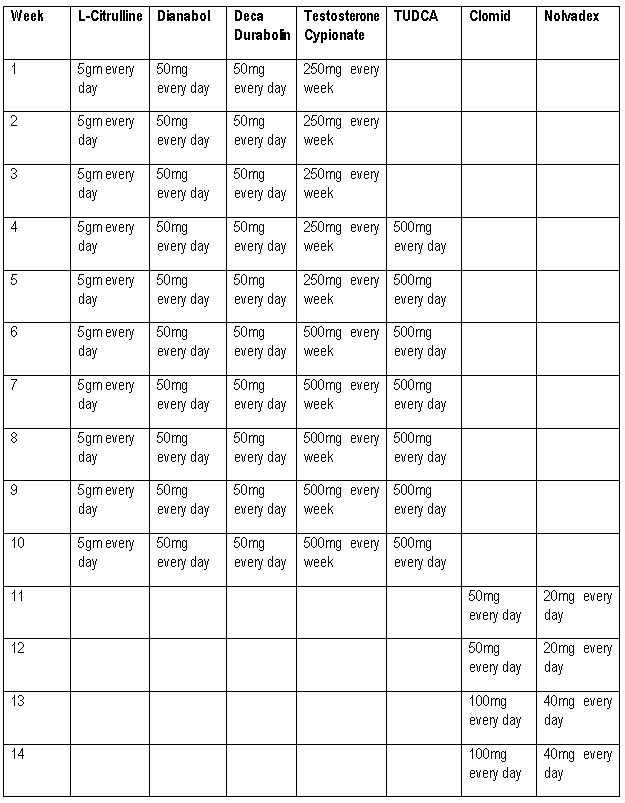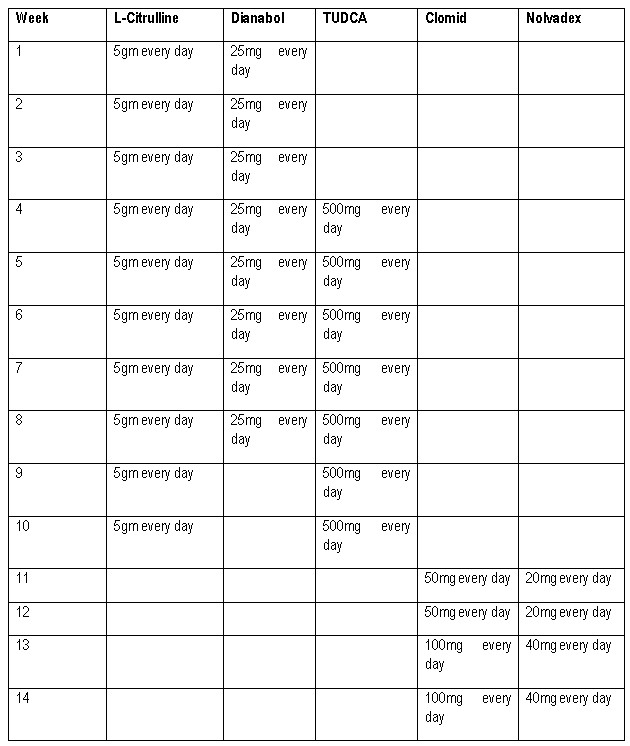L-Citrulline Vs Citrulline Malate
L-Citrulline Vs Citrulline Malate

In the world of sports nutrition and fitness supplementation, the quest for performance optimization and enhanced endurance has led to the exploration of various amino acids. L-Citrulline and Citrulline Malate are two compounds that have gained prominence for their potential benefits in improving athletic performance and overall well-being. In this comprehensive blog post, we will delve into the distinctions between L-Citrulline and Citrulline Malate, exploring their mechanisms of action, individual benefits, and considerations for incorporating them into your fitness regimen.
Understanding L-Citrulline
What is L-Citrulline?
L-Citrulline is a non-essential amino acid naturally found in watermelon, cucumbers, and other foods. It is a precursor to L-arginine, another amino acid that plays a crucial role in the production of nitric oxide (NO) in the body.
Role in Nitric Oxide Production:
Nitric Oxide Vasodilation: L-Citrulline is converted into L-arginine in the body, which then serves as a substrate for nitric oxide production. Nitric oxide acts as a vasodilator, relaxing blood vessels and improving blood flow.
Enhanced Oxygen and Nutrient Delivery: By promoting vasodilation, L-Citrulline supports increased blood flow to muscles during exercise, ensuring optimal oxygen and nutrient delivery. This may contribute to improved endurance and exercise performance.
Improved Ammonia Clearance:
Urea Cycle Support: L-Citrulline is involved in the urea cycle, a process that plays a role in removing ammonia, a byproduct of protein metabolism. Improved ammonia clearance may contribute to reduced exercise-induced fatigue.
Benefits for Cardiovascular Health:
Blood Pressure Regulation: Some studies suggest that L-Citrulline supplementation may have a positive impact on blood pressure regulation, potentially benefiting cardiovascular health.
Endothelial Function: Nitric oxide, produced from L-Citrulline, supports endothelial function, which is essential for the health of the inner lining of blood vessels.
Understanding Citrulline Malate
What is Citrulline Malate?
Citrulline Malate is a compound that combines L-Citrulline with malic acid, a naturally occurring substance found in various fruits. The malate component is believed to offer additional benefits beyond those of L-Citrulline alone.
Synergistic Effects of Malic Acid:
ATP Production: Malic acid is involved in the tricarboxylic acid (TCA) cycle, a key pathway for energy production in cells. The presence of malate in Citrulline Malate is thought to enhance ATP (adenosine triphosphate) production, providing an extra energy boost.
Reduced Fatigue: The combination of L-Citrulline and malic acid is purported to have synergistic effects on reducing exercise-induced fatigue. This may be attributed to enhanced energy production and improved ammonia clearance.
Benefits for Muscle Recovery:
Lactic Acid Buffering: Citrulline Malate has been suggested to act as a buffer against lactic acid buildup in muscles during intense exercise. This buffering effect may contribute to reduced muscle soreness and faster recovery.
Mitochondrial Function: The role of malic acid in the TCA cycle may support mitochondrial function, potentially influencing muscle recovery and overall cellular energy production.
Comparing L-Citrulline and Citrulline Malate
Mechanism of Action:
L-Citrulline: Functions as a precursor to L-arginine, promoting nitric oxide production and vasodilation. It contributes to improved blood flow and nutrient delivery to muscles.
Citrulline Malate: Combines L-Citrulline with malic acid, offering potential synergistic effects. It may enhance ATP production, buffer lactic acid, and support mitochondrial function.
Nitric Oxide Production:
L-Citrulline: Directly contributes to nitric oxide production by converting into L-arginine in the body, leading to vasodilation and improved blood flow.
Citrulline Malate: Shares the nitric oxide-promoting properties of L-Citrulline. The malate component may provide additional benefits, but the extent of this enhancement is subject to ongoing research.
Energy Production:
L-Citrulline: Primarily contributes to nitric oxide production and blood flow. Its impact on direct energy production is limited.
Citrulline Malate: Contains malic acid, which participates in the TCA cycle, potentially influencing ATP production and providing an indirect boost to energy levels.
Ammonia Clearance:
L-Citrulline: Plays a role in the urea cycle, supporting the removal of ammonia generated during protein metabolism.
Citrulline Malate: Shares the ammonia-clearing properties of L-Citrulline, potentially reducing exercise-induced fatigue.
Fatigue Reduction:
L-Citrulline: By improving blood flow and reducing ammonia buildup, L-Citrulline may contribute to reduced fatigue during exercise.
Citrulline Malate: The synergistic effects of L-Citrulline and malic acid may offer additional fatigue-reducing benefits, including lactic acid buffering and enhanced ATP production.
Choosing Between L-Citrulline and Citrulline Malate
Specific Goals and Preferences:
L-Citrulline: Ideal for individuals primarily seeking the nitric oxide-boosting and blood flow-enhancing properties of Citrulline. Suitable for those who may prefer a simpler formulation without the added malic acid component.
Citrulline Malate: Appropriate for individuals looking for potential synergistic effects on energy production, lactic acid buffering, and enhanced recovery. Especially beneficial for those who engage in high-intensity training and value the potential additional energy support.
Dosage Considerations:
L-Citrulline: Standard dosages typically range from 3 to 6 grams per day, taken about 30 to 60 minutes before exercise for optimal benefits.
Citrulline Malate: Dosages often range from 6 to 8 grams per day, with the malate component taken into account. The timing of supplementation is similar to that of L-Citrulline.
Consideration for Sensitivity:
L-Citrulline: For individuals who may be sensitive to the acidic taste of malic acid or prefer a straightforward supplement.
Citrulline Malate: Despite potential benefits, some individuals may find the taste less palatable due to the inclusion of malic acid.


Conclusion
Both L-Citrulline and Citrulline Malate offer valuable contributions to sports nutrition and exercise performance. L-Citrulline, as a direct precursor to nitric oxide, enhances blood flow and nutrient delivery to muscles.
We hope this information on L-Citrulline vs. Citrulline Malate was useful to you.
Recommended product - Revange Nutrition Double Blast SE







